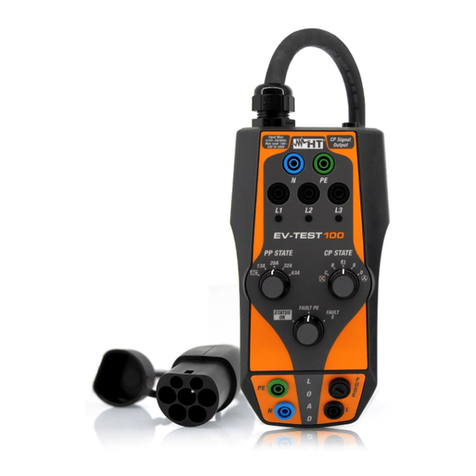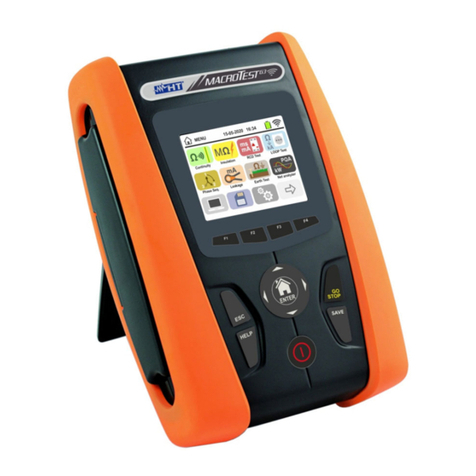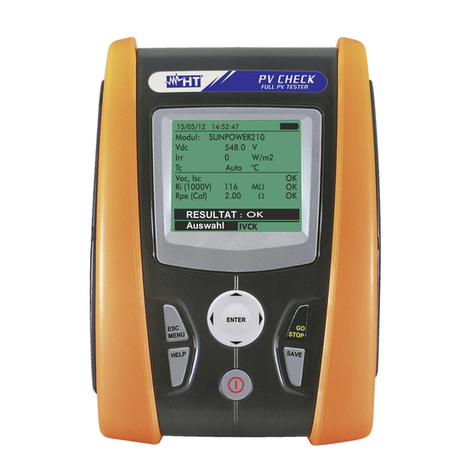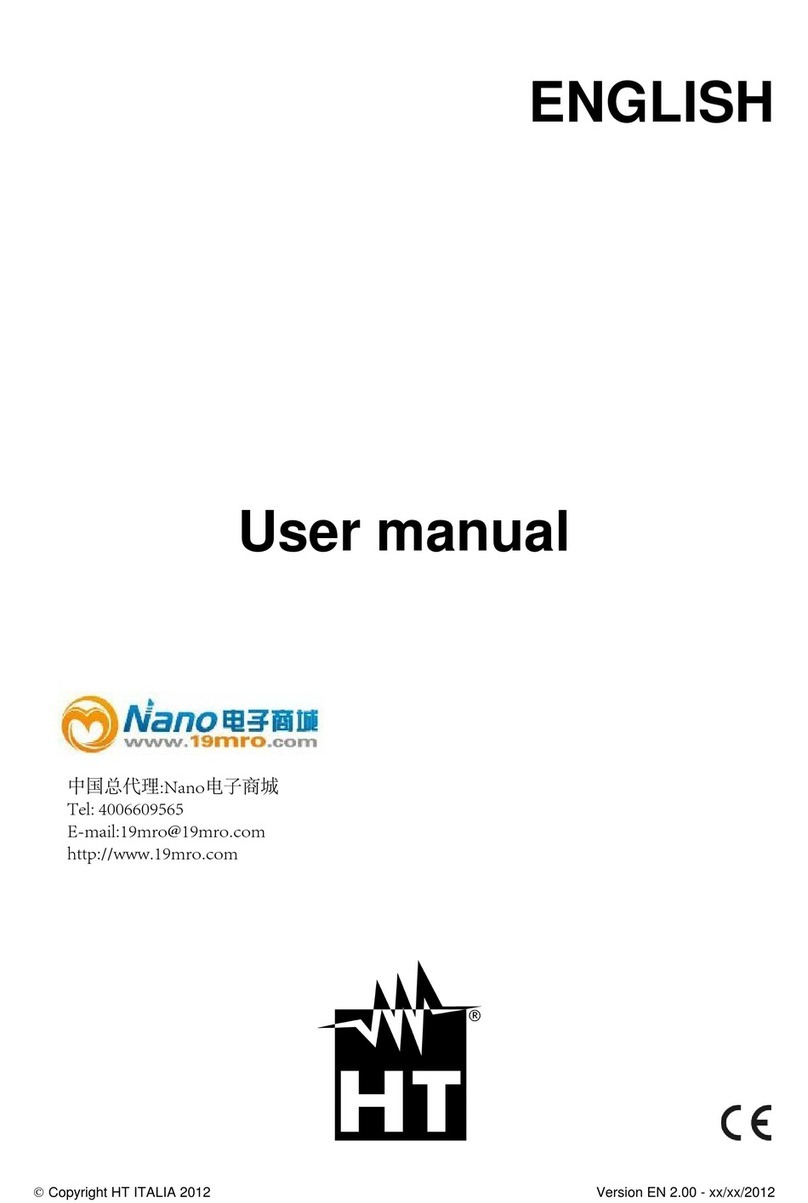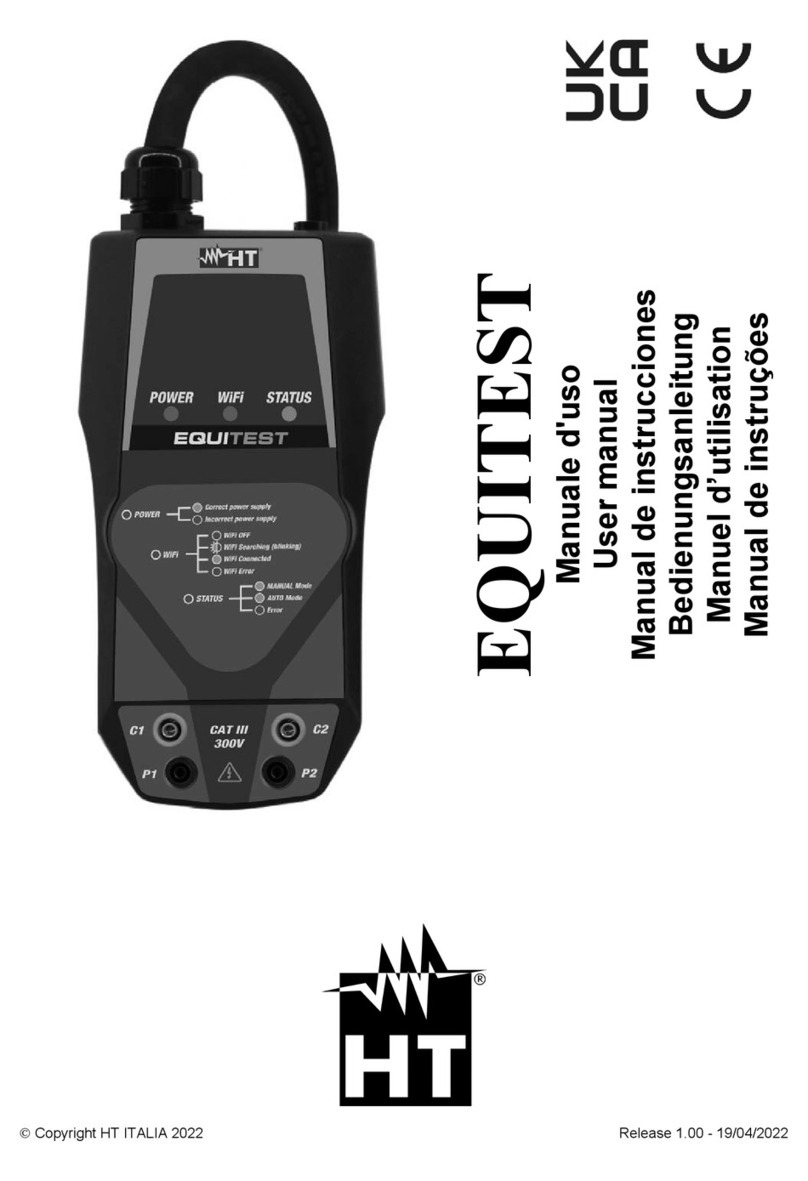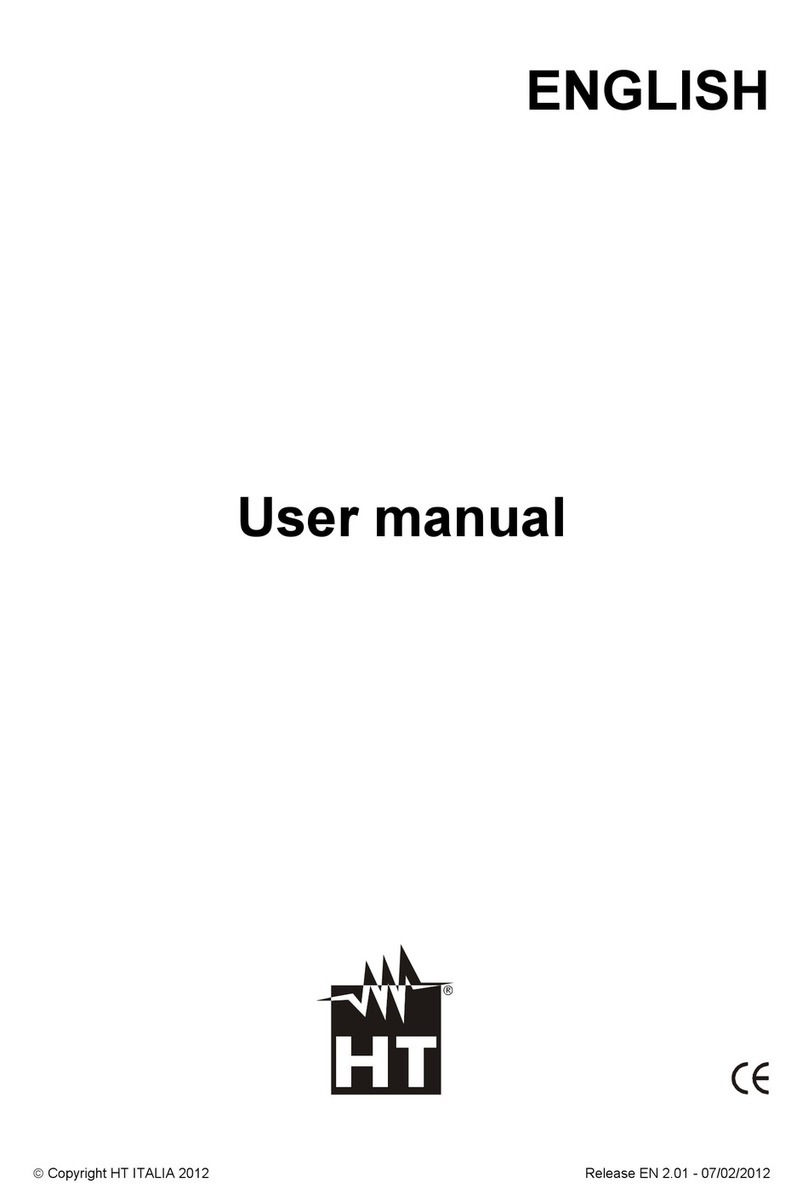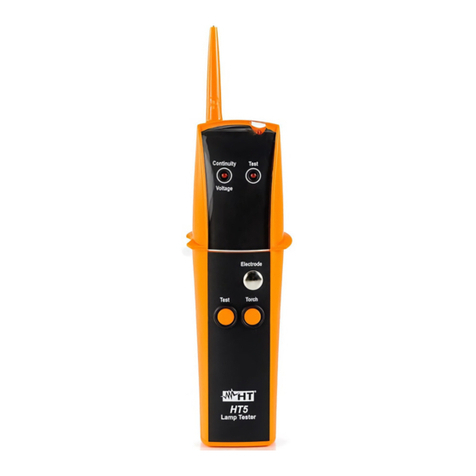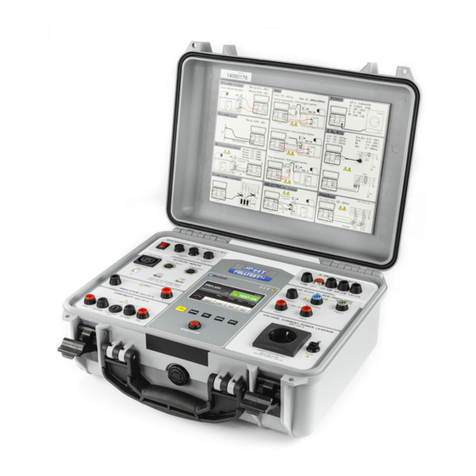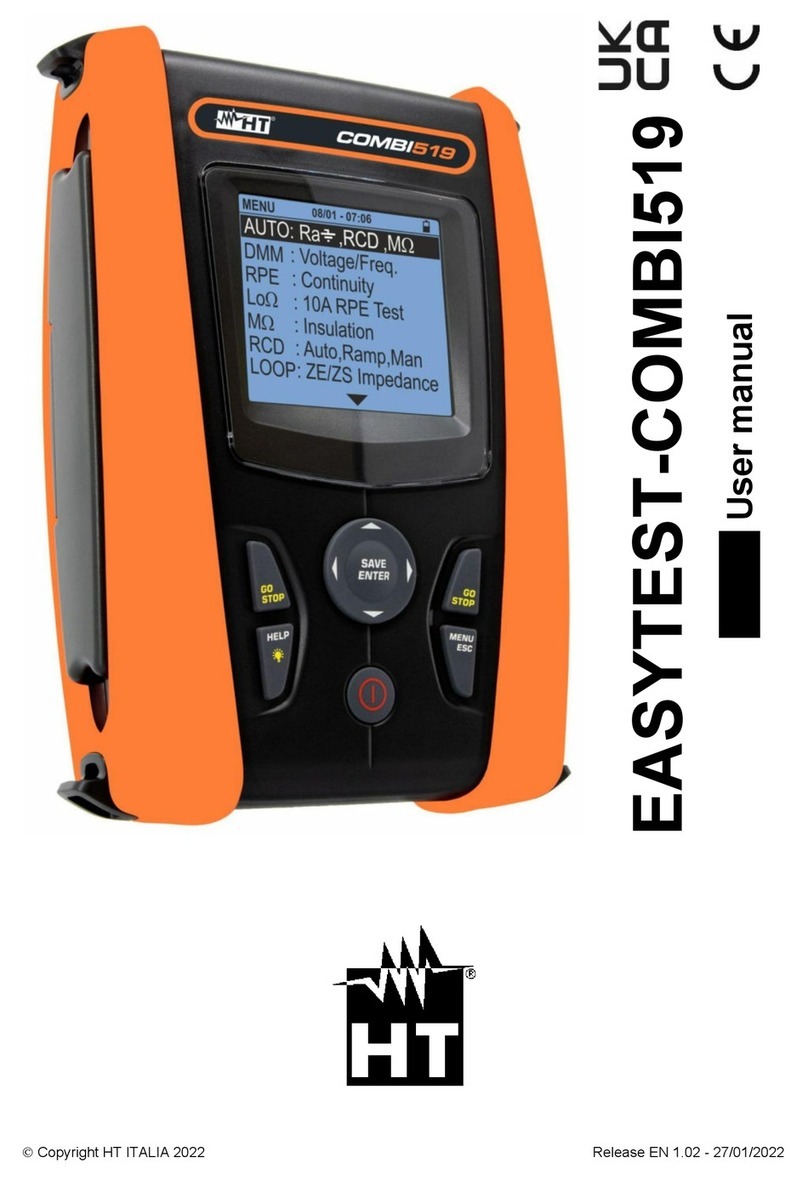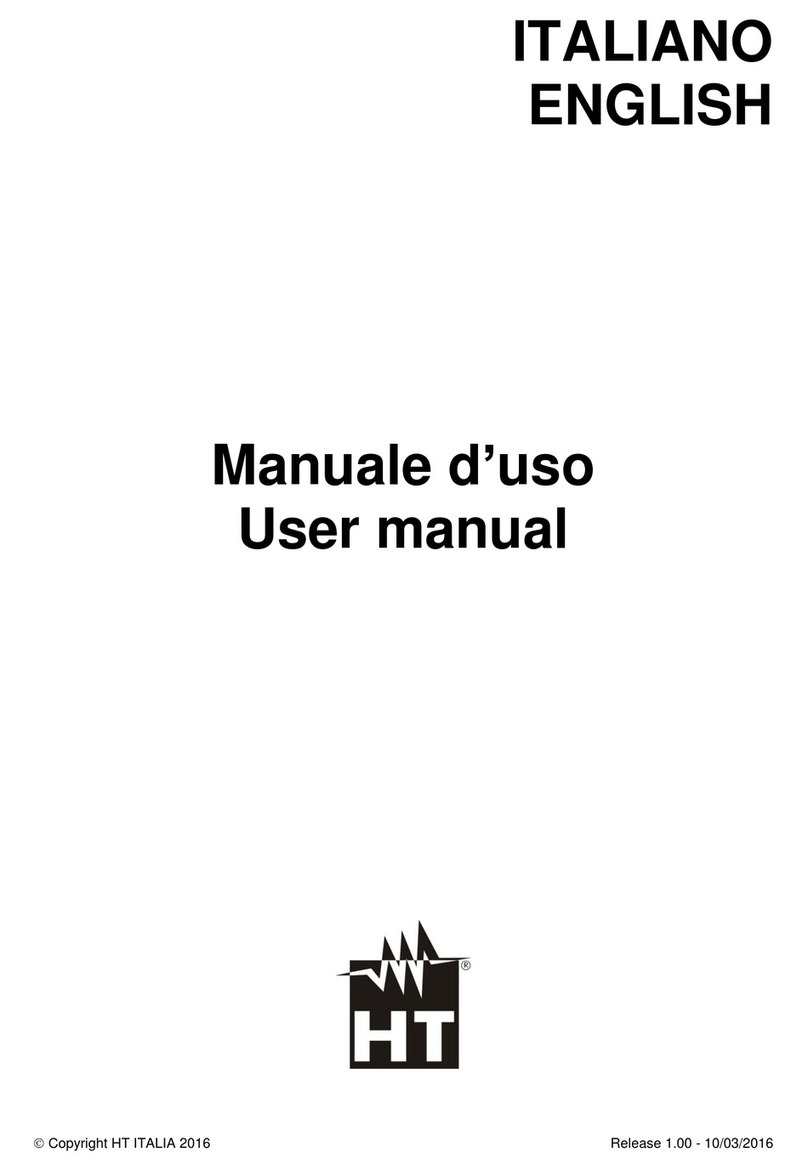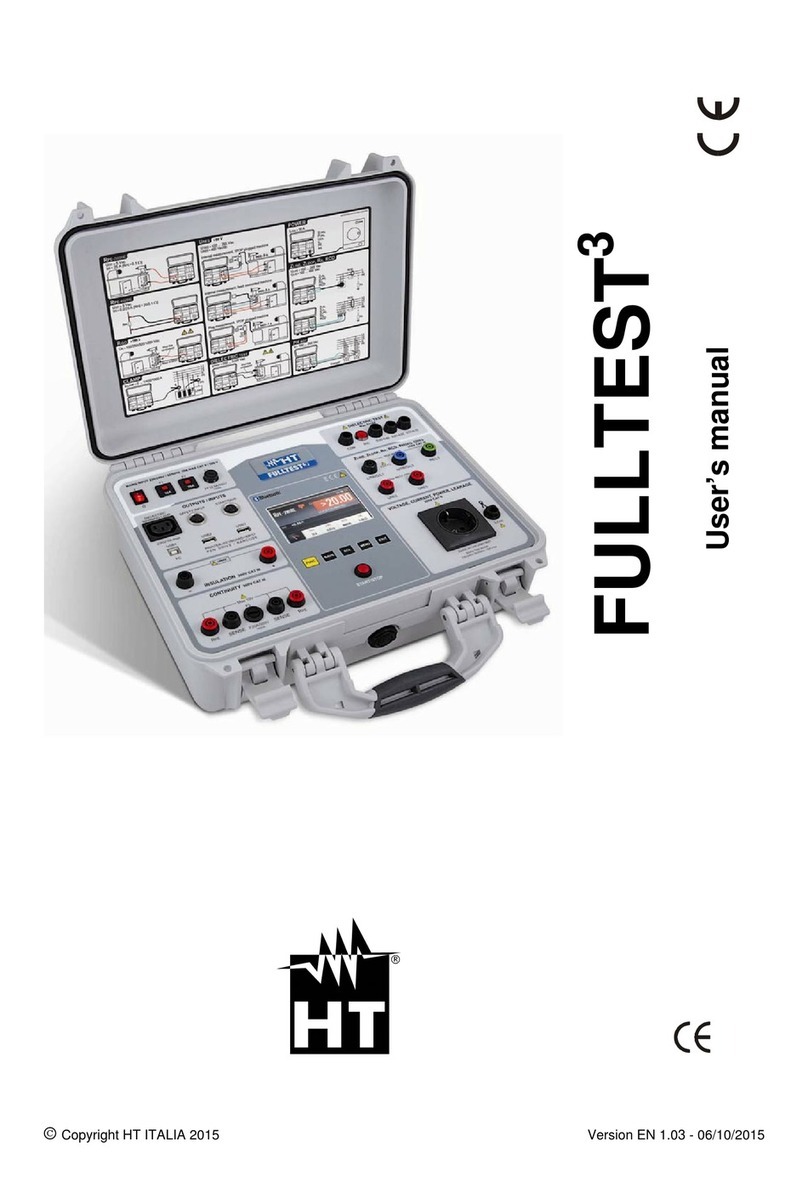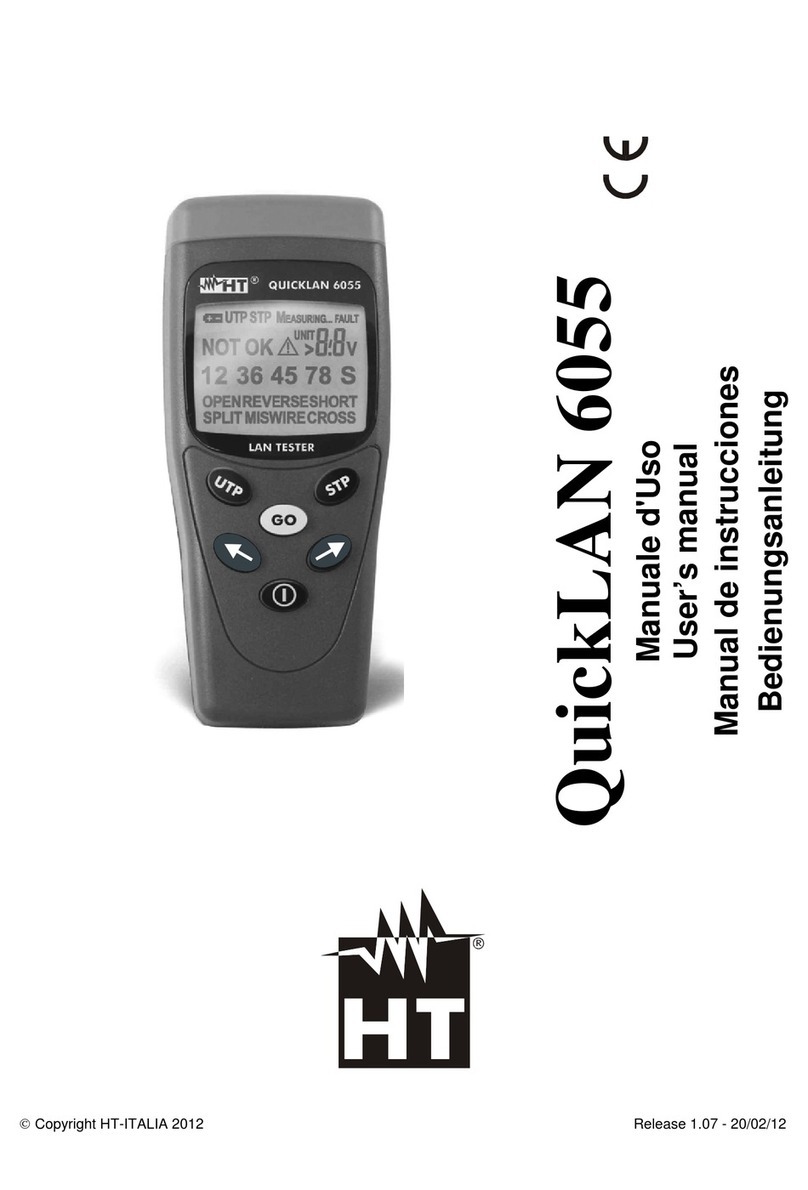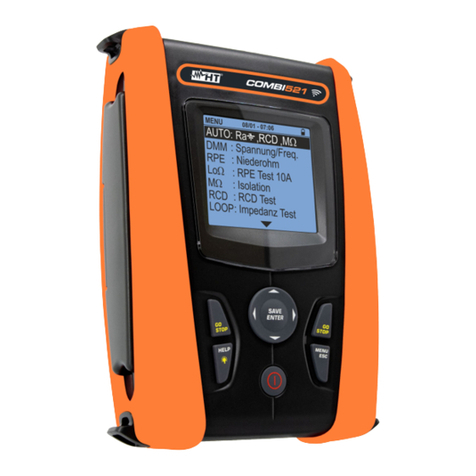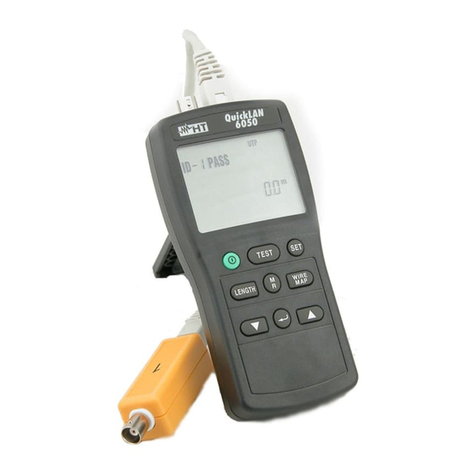
PV-ISOTEST
EN - 1
TABLE OF CONTENTS
1.PRECAUTIONS AND SAFETY MEASURES ...............................................................3
1.1.Preliminary instructions ..................................................................................................... 3
1.2.During use......................................................................................................................... 4
1.3.After use............................................................................................................................ 4
1.4.Definition of measurement (overvoltage) category............................................................ 4
2.GENERAL DESCRIPTION ...........................................................................................5
2.1.Foreword ........................................................................................................................... 5
2.2.Instrument functions.......................................................................................................... 5
3.PREPARATION FOR USE ...........................................................................................6
3.1.Initial checks...................................................................................................................... 6
3.2.Instrument power supply ................................................................................................... 6
3.3.Storage.............................................................................................................................. 6
4.NOMENCLATURE........................................................................................................7
4.1.Description of the instrument............................................................................................. 7
4.2.Keyboard description......................................................................................................... 8
4.3.Display description ............................................................................................................ 8
4.4.Initial screen ...................................................................................................................... 8
5.GENERAL MENU.........................................................................................................9
5.1.SET – instrument settings ................................................................................................. 9
5.1.1.Language ................................................................................................................................. 9
5.1.2.Date and time........................................................................................................................... 9
5.1.3.General .................................................................................................................................. 10
5.1.4.Info ......................................................................................................................................... 10
6.OPERATING INSTRUCTIONS...................................................................................11
6.1.RPE – Continuity measurement on modules/strings/PV fields........................................ 11
6.1.1.Calibration of measuring cables ............................................................................................ 11
6.1.2.Carrying out continuity measurements in Standard (STD) mode.......................................... 13
6.1.3.Carrying out continuity measurements in Timer (TMR) mode............................................... 15
6.1.4.Anomalous situations............................................................................................................. 17
6.2.M– Measurement of insulation on PV modules/strings/fields ...................................... 18
6.2.1.Measuring insulation – DUAL mode ...................................................................................... 18
6.2.2.Measuring insulation – TMR mode........................................................................................ 20
6.2.3.Anomalous situations............................................................................................................. 23
6.3.GFL – Searching for conditions of low insulation on PV strings...................................... 25
6.4.DMM – Multimeter function ............................................................................................. 29
7.STORING RESULTS..................................................................................................30
7.1.Saving measures............................................................................................................. 30
7.2.Recall of data to display and memory deletion................................................................ 31
8.CONNECTING THE INSTRUMENT TO THE PC.......................................................32
9.MAINTENANCE..........................................................................................................33
9.1.General information......................................................................................................... 33
9.2.Battery replacement ........................................................................................................ 33
9.3.Cleaning the instrument .................................................................................................. 33
9.4.End of life ........................................................................................................................ 33
10.TECHNICAL SPECIFICATIONS.................................................................................34
10.1.Technical characteristics................................................................................................. 34
10.2.General characteristics.................................................................................................... 35
10.2.1.Reference gudelines.............................................................................................................. 35
10.2.2.Display and memory .............................................................................................................. 35
10.2.3.Power supply ......................................................................................................................... 35
10.2.4.Mechanical characteristics..................................................................................................... 35
10.3.Environmental conditions for use .................................................................................... 35
10.4.Accessories..................................................................................................................... 35
11.APPENDIX – THEORETICAL OUTLINE ....................................................................36
11.1.Measurement of polarization index (PI)........................................................................... 36












